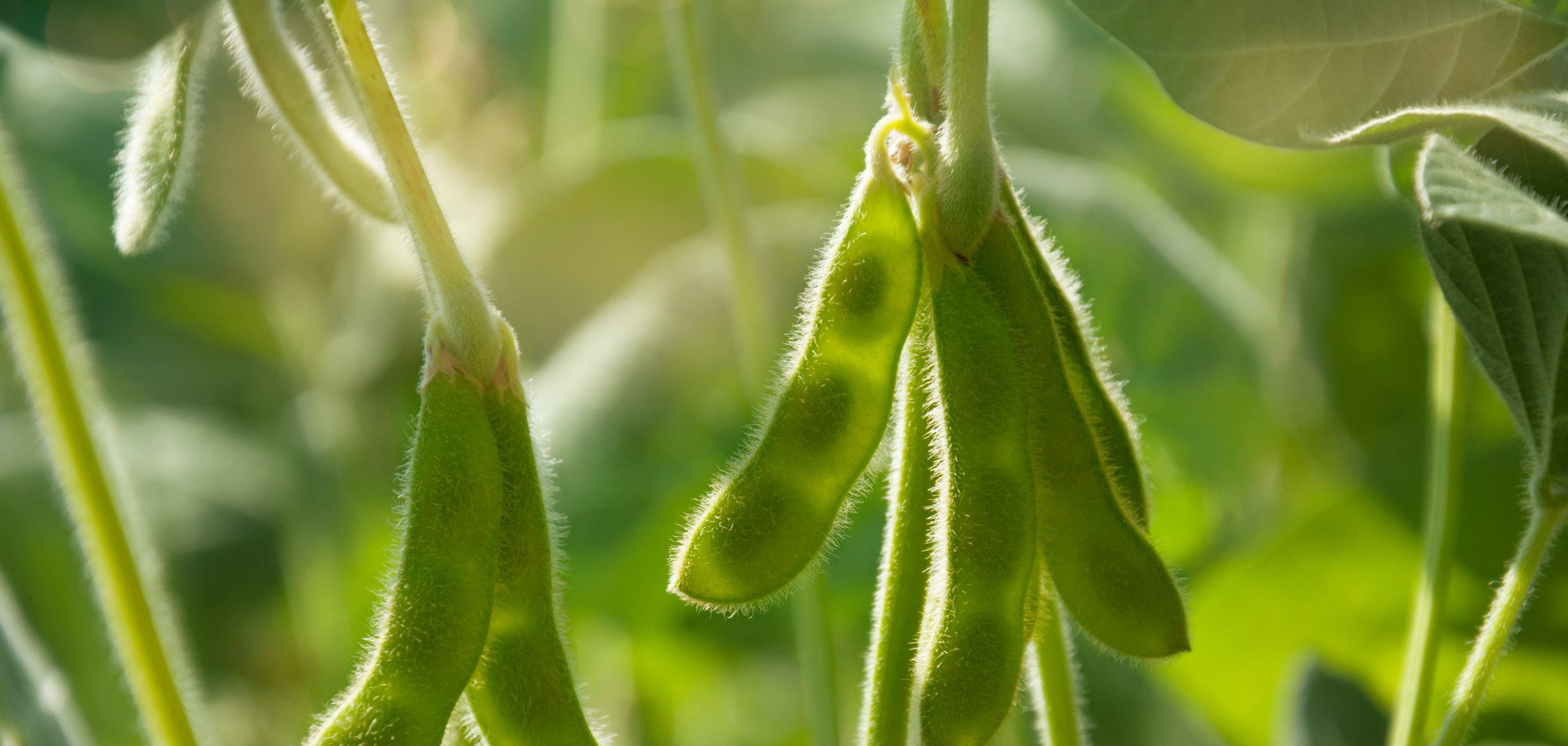
Engineering Manual: U.S. Soybean Industry OCAT Offshore Ocean Fish Culture Cage
Category: Aquaculture
Region: Northeast Asia
DownloadThe U.S. soybean industry has supported development of feed-based aquaculture technologies and soy-based aquafeeds since the late 1980s through an international marketing program directed by the American Soybean Association International Marketing (ASA-IM) and the U.S. Soybean Export Council. Soy industry activities are designed and implemented as a means to increase U.S. soy product sales to the growing global aquaculture industry. Through the late 1990s, the soy industry aquaculture program centered on developing and demonstrating feed-based production techniques and soy-based feeds primarily for the freshwater fish culture industry in China.
The soybean industry incorporated marine fish culture into its aquaculture program in 1999 in response to a 1998 survey that indicated significant opportunity for feed-based production of marine fish in cages in the coastal provinces of China. The initial emphasis of the marine fish culture program was the development and testing of a high soy-inclusion growout feed for cultured marine fish species. A 35% soybean meal inclusion feed was developed and tested in feeding trials in many of the coastal provinces in China. The trials were conducted in 8-m3 to 27-m3 cages in protected bay and other near-shore ocean sites. Results of the feeding trials indicated excellent potential for feed-based culture of marine fish such as Japanese sea bass, red drum, yellow croaker, goldenfin pompano and other species with soy-inclusion feeds. However, deteriorating water quality from industrial, municipal and aquaculture pollution, unsustainable fish culture practices that utilized trash fish as the primary food for cultured marine fish, and excessive numbers of fish cages rapidly reduced opportunities for marine fish culture in near-shore marine waters in China.
In response to the environmental decline in China’s near-shore coastal areas, the ASA-IM aquaculture program made the decision to move its China marine fish culture program to the offshore, open ocean environment where there were better environmental conditions and less competition with other industries. Feeding trials were initiated in 2001 at existing offshore ocean cage farms that were using circular, non-submersible Norwegian-style cages, with the objective of demonstrating feed-based culture of marine fish in the offshore ocean environment.
ASA-IM’s initial offshore fish culture efforts in existing cages were unsuccessful due to repeated cage damage and fish loss from typhoon level storm events. An improved cage design was required that could withstand the typhoon storm conditions that impact the coastal regions of China. A proposal was prepared to develop a turnkey offshore ocean cage culture system that would include development of a submersible, typhoon-resistant offshore ocean fish culture cage and appropriate fish culture techniques (Cremer andSchmittou, 2003). The proposal was submitted to the U.S. soybean industry for funding, which approved a project to design, construct and test a prototype cage and develop appropriate culture techniques for offshore ocean fish farming. The resulting United Soybean Board (USB) Ocean Cage Aquaculture Technology (OCAT) project was initiated in November 2003 with the development of cage design criteria for an offshore ocean cage and the identification of an engineer to assist with the cage design.